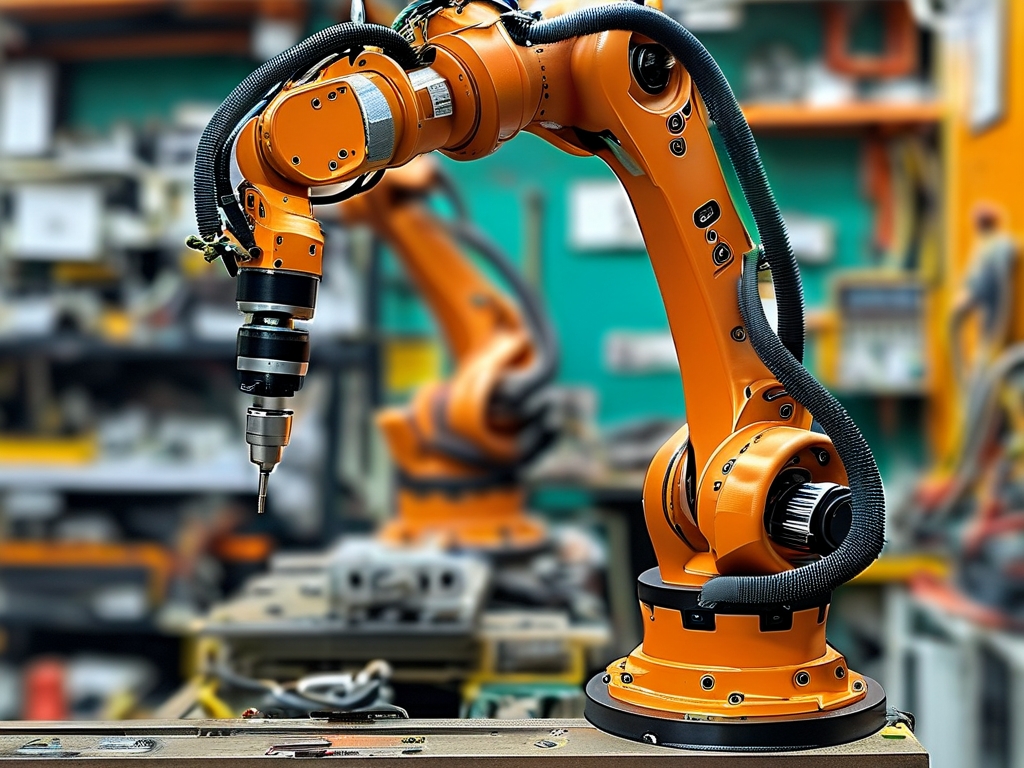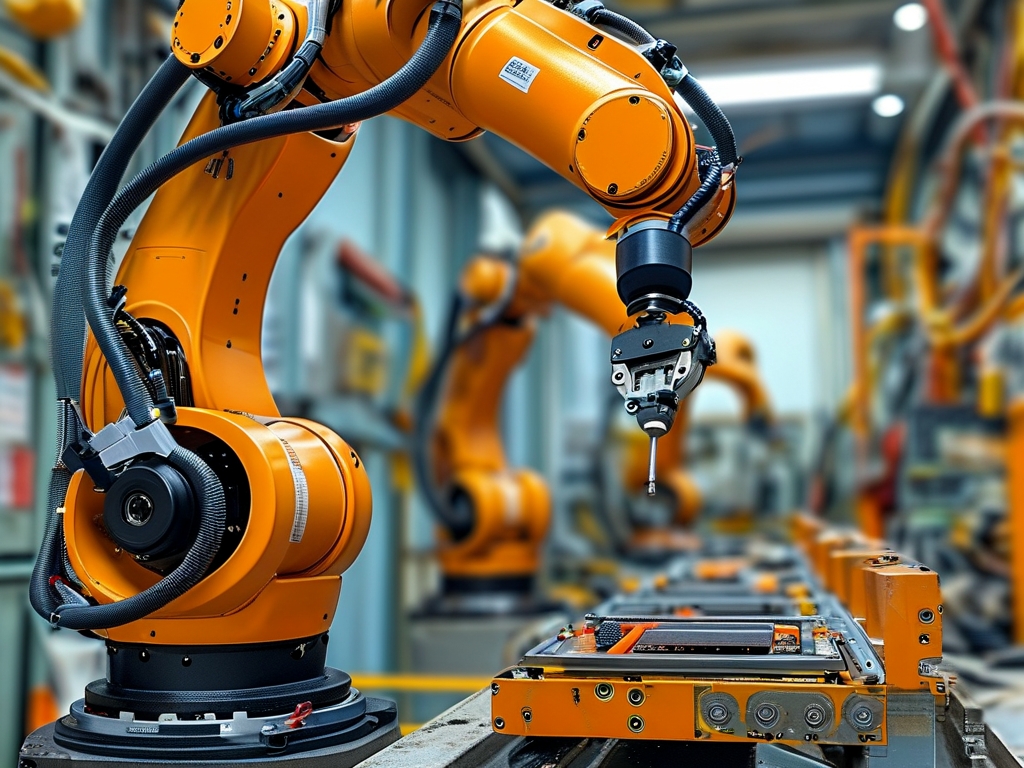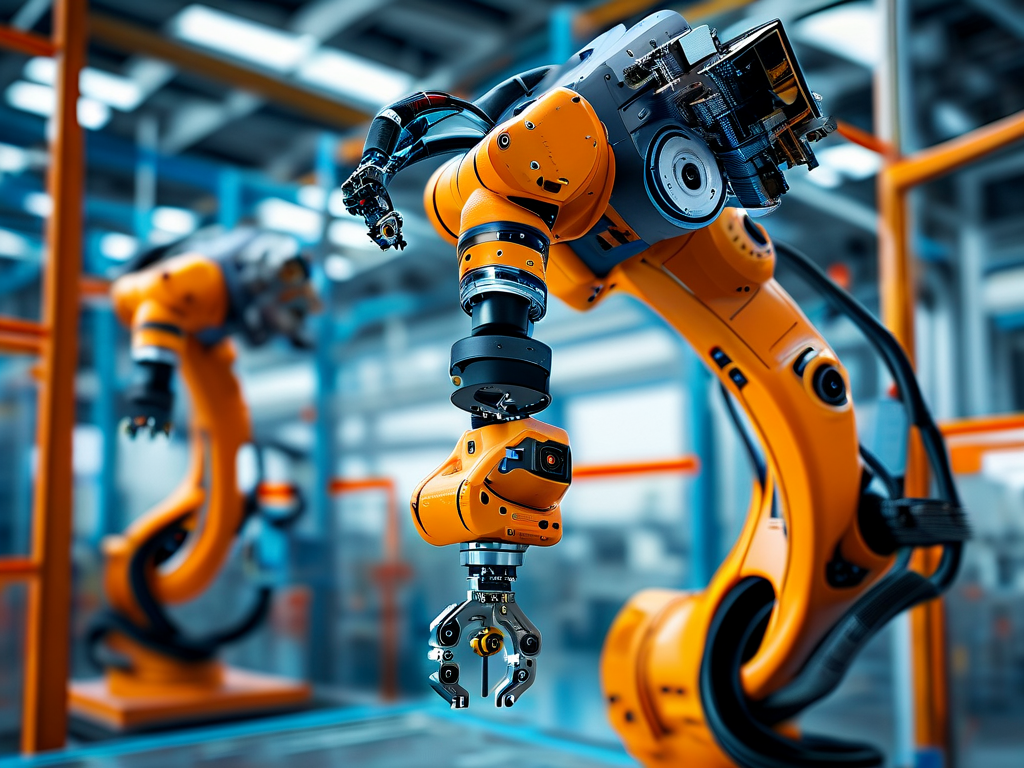SCARA (Selective Compliance Assembly Robot Arm) robots are widely used in high-precision industrial applications, including assembly, packaging, and electronics manufacturing. Their unique design, which combines rigidity in the vertical axis with flexibility in the horizontal plane, makes them ideal for repetitive tasks. However, like all mechanical systems, SCARA robots require regular maintenance and occasional repairs to ensure optimal performance. This article explores key techniques for diagnosing, maintaining, and repairing SCARA robots, providing actionable insights for technicians and engineers.
Common Failure Modes in SCARA Robots
Understanding common failure modes is the first step in effective maintenance. SCARA robots typically encounter issues in three areas:
- Mechanical Components: Wear and tear in harmonic drives, belts, or bearings can lead to positional inaccuracies. For instance, harmonic drives-critical for precision motion-may develop backlash over time due to lubrication degradation or metal fatigue.
- Electrical Systems: Faulty wiring, damaged encoders, or servo motor failures can disrupt motion control. Encoders, which provide feedback on joint angles, are particularly prone to dust contamination or electrical interference.
- Software and Control Systems: Bugs in the robot's firmware or calibration errors may cause erratic movements. A misaligned home position or corrupted motion profiles often require software recalibration.
Diagnostic Techniques
Effective troubleshooting begins with systematic diagnostics:

- Visual Inspection: Check for loose bolts, frayed cables, or signs of overheating. For example, discolored servo motors may indicate overload or insufficient cooling.
- Error Code Analysis: Modern SCARA robots generate error logs via their controllers. Codes such as "E102" (encoder communication failure) or "E205" (overcurrent alert) provide clues for targeted repairs.
- Motion Testing: Use the teach pendant to execute slow-speed movements and identify jerks or vibrations. Abnormal noises during vertical lifts often point to belt tension issues.
- Electrical Testing: Multimeters and oscilloscopes can measure voltage irregularities or signal noise in encoder circuits.
Step-by-Step Repair Procedures
1. Replacing Harmonic Drives
Harmonic drives are precision gears that require careful handling:
- Disconnect power and secure the robot arm in a neutral position.
- Remove the motor and housing to access the harmonic drive.
- Clean the gear teeth, apply manufacturer-recommended grease, and install the replacement unit.
- Recalibrate the joint using the controller's software to ensure zero backlash.
2. Addressing Encoder Failures
Encoders are sensitive to environmental factors. To replace a faulty encoder:

- Document the wiring connections before disassembly.
- Use an anti-static wrist strap to prevent damage to the encoder's PCB.
- After installation, perform a "reference run" to synchronize the encoder with the controller.
3. Software Recalibration
Calibration errors often stem from incorrect home positions:
- Access the robot's calibration menu via the teach pendant.
- Follow the "zero-point adjustment" procedure, using a dial gauge for micrometer-level accuracy.
- Update motion parameters in the firmware to match the robot's mechanical configuration.
Preventive Maintenance Strategies
Proactive maintenance reduces downtime and extends the robot's lifespan:
- Lubrication Schedule: Apply grease to harmonic drives and linear guides every 1,000 operating hours.
- Cable Management: Inspect cable sleeves for abrasions and secure loose connections to prevent signal loss.
- Thermal Monitoring: Install temperature sensors on servo motors to detect overheating early.
- Backup Configurations: Regularly save motion profiles and firmware settings to expedite recovery after failures.
Case Study: Resolving a Vertical Drift Issue
A semiconductor manufacturer reported vertical drift in their SCARA robot during wafer handling. Diagnostics revealed a worn harmonic drive in the Z-axis and misaligned encoder feedback. The repair team replaced the harmonic drive, recalibrated the encoder, and updated the motion parameters. Post-repair testing showed positional accuracy within ±5 microns, restoring production efficiency.
SCARA robot maintenance demands a blend of mechanical expertise, electrical knowledge, and software proficiency. By mastering diagnostic tools, adhering to repair protocols, and implementing preventive measures, technicians can minimize downtime and maximize productivity. As industries increasingly rely on automation, robust maintenance practices will remain pivotal to sustaining operational excellence.


